Aloe - home pharmacy
An indoor succulent plant, loved by many growers for the healing properties of the juice of its leaves. With the help of the juicy pulp of aloe leaves, a runny nose can be treated. The unpretentious plant also has wound healing and anti-inflammatory properties. For medicinal purposes, it is necessary to use specimens that have reached the age of three.
- Aloe is easy to grow as it does not require spraying.
- Watering aloe is necessary once a week in the summer and no more than 2 times a month in the winter months.
- This easy-to-care indoor plant grows well on the windowsill, however, it must be protected from direct sunlight.
Chlorophytum - air purifier
Due to its rapid growth, attractive appearance and the ability to purify the air from various impurities, chlorophytum is often used for landscaping an apartment. Due to the ability of an unpretentious flower to filter air, it is most often placed in the kitchen.
- Taking care of this houseplant is very simple. It is enough to water sparingly after the topsoil dries up and, from spring to autumn, apply top dressing once a month.
- For chlorophytum to grow lush, you need to provide it with good lighting.
- When the air becomes dry during the heating season, you need to increase the humidity by spraying.
- The transplant must be done when the root system grows strongly.
- With proper care, unpretentious chlorophytum will certainly show itself in all its glory and will hang outlets at the ends of the peduncles, so it can be grown in hanging pots.
Pelargonium - blooming splendor
Pelargonium or geranium combines a lot of advantages. The flower helps purify the air. Velvety pubescent foliage and flower caps of pastel, rich or combined shades make the unpretentious plant a real decoration of windowsills.
- In the summer months, pelargonium feels great outdoors, so it can be used to decorate a balcony or terrace.
- The rich scent of the leaves is able to scare away insects, including moths, so the flower is not susceptible to pests.
- Observing simple rules of care, you can achieve abundant flowering.
- The plant needs good lighting.
- Pelargonium tolerates a lack of moisture better than an excess.
- In summer, it is necessary to water it only after the topsoil dries up; in winter, watering is minimized.
- After flowering and in early spring, pruning of overgrown shoots should be done to form a bush shape and promote lush flowering.
- Top dressing has a beneficial effect on pelargonium, so in the warm season they can be applied.
Spathiphyllum - female happiness
This flowering houseplant is believed to help people find happiness and love. Unpretentious "female happiness" is also valued for its beauty. Delicate green leaves in combination with white bedspreads of graceful flowers look very impressive and noble.
- This unpretentious indoor flower prefers diffused light and regular watering.
- The drooping foliage indicates a lack of moisture and rises immediately after watering.
- Spraying is required to prevent the tips of the leaves from drying out.
- In the warm season, spathiphyllum needs to be fed once a month.
Decembrist - winter flower
Schlumberger (Decembrist) is a representative of the cactus family, a feature of which is flowering in winter, when many indoor plants are dormant. Many pink, white, red or purple flowers adorn the house for several weeks.
- For abundant flowering, the Decembrist must be kept at low room temperatures.
- In summer, the plant requires abundant watering after the topsoil dries up, however, nothing will happen to it if you forget to water the Decembrist on time.
- An unpretentious plant tolerates direct rays of the sun, if you gradually accustom it to this.
- Transplantation of adult specimens is carried out every 5 years.
Sansevieria is a favorite of several generations
The sansevieria, popularly called "mother-in-law's tongue" or "pike tail", was grown by our grandmothers. This unpretentious plant is popular among several generations at once.
There are both compact varieties and specimens reaching a meter in height. Dense, elongated leaves have a variegated color and a light edging along the outer edge. Sansevieria blooms in small inflorescences with a pronounced sweet aroma.
- This unpretentious houseplant is suitable even for novice growers. He is comfortable both in partial shade and in the bright sun, however, specimens growing in the back of the room lose their expressive color.
- The plant must be watered once a week, in winter - once every 2-3 weeks.
- A transplant is performed when the flower becomes too crowded in the pot.
Cactus - the record holder for survival
The cactus rightfully belongs to unpretentious indoor plants, since, like all succulents, it stores moisture and is able to do without watering for a long time. Some cacti can thank the grower with the appearance of beautiful flowers. Not every cactus blooms at home, and the duration of flowering is sometimes only one day, however, this does not detract from the decorative effect of the plant.
- The plant does not require any special care.
- An unpretentious cactus is not afraid of direct sunlight, so it can grow on a windowsill.
- In the shade, the plant stretches, so it is not recommended to place it in the back of the room.
- The flower is resistant to dry air and heat.
- Excessive watering can be a maintenance mistake.
Violets - compact home decorations
The Uzambara violet or Saintpaulia is found in many gardeners. A rich palette of shades and shapes, regular flowering, fleshy foliage and compactness of these unpretentious indoor plants ensure their popularity.
- Flower care is minimal.
- The fluffy leaves of violets must be protected from moisture and bright rays of the sun.
- Since it is impossible to spray the plant, in hot weather and the heating season it will not be superfluous to provide comfortable indoor humidity.
- In summer, the flower needs to be watered 2 times a week, in winter - much less often.
- Violets need to be fed every two weeks.
Monstera - luxurious liana
A large decorative leafy plant looks spectacular in spacious rooms. There are varieties with a monochromatic and variegated color. The leaves can be up to a meter long, and the slits on them give the plant an attractive appearance.
- The unpretentious monstera is sensitive to watering and temperature. Plant growth stops if the thermometer drops to 12 degrees. The optimal temperature regime is about 20-23 degrees.
- You do not need to water the plant often, waiting for the top layer of the earth to dry. In winter, watering is reduced to once a week or even twice a month.
- With a lack of light, new leaves become smaller, and the cuts on them may stop appearing altogether, so it is better to provide bright diffused lighting.
Monstera is a climbing plant, so its stem may need additional support.
Hoya - exquisite ivy
Wax ivy is an unpretentious creeping plant with small buds that exude a sweet scent. Nectar is formed on the flowers, which is why hoya is also called "weeping liana". Dense glossy leaves, a variety of colors, regular flowering and ease of care are the main advantages of hoya.
- An indoor plant feels comfortable on a windowsill flooded with sunlight and is not afraid of temperature extremes.
- In summer, an unpretentious flower needs increased watering, however, a short lack of moisture does not harm it.
- Hoya, planted in a cramped pot, blooms more abundantly.
- During flowering, you should not unfold the plant and move it, otherwise the flower may shed its buds.
- It is not necessary to cut off the faded shoots - it is on them that new inflorescences will appear in the future.
Ficus - a variety of colors and sizes
All ficuses are decorative in their own way. There are monochromatic and variegated species, compact specimens resembling a bush, and tall trees with elastic leaves.
- To place an unpretentious ficus, it is better to choose a place with diffused light.
- It is not recommended to transfer a houseplant from one place to another.
- Ficus loves high humidity, so it must be sprayed at least during the heating season.
- Due to too abundant or insufficient watering, the ficus can shed its leaves, so it is necessary to monitor the condition of the top layer of the earthen coma and water it after it dries.
- To form the crown in spring, the flower needs pruning.
Hibiscus - flowering shrub
The stiff stem and branches of the Chinese rose transform this houseplant into a spectacular bush that amazes the imagination with large flowers of red, peach, pink or white shades. Single flowers bloom for only one day, but in the warm season, flowering is continuous, so the owner of the plant has time to enjoy its beauty.
- The unpretentious hibiscus is not picky about the place of placement, but abundant flowering can be achieved only in the light.
- Flowering is favorably influenced by the temperature regime - in the cold season it should be about 18 degrees.
- Formative pruning is performed in early spring.
- Fertilizers must be applied monthly in the spring-autumn period.
Zamioculcas - dollar tree
Branches with glossy leaves are formed from tubers in the ground. The wax coating protects the houseplant from drying out, so the zamioculcas accumulates moisture.
- The flower, unpretentious to care for, can be grown in the shade, but with sufficient lighting it develops faster and does not stretch out.
- To prevent the roots from rotting, watering should be moderate.
- Zamioculcas does not respond to changes in air humidity, so it does not need to be sprayed.
- This indoor flower is characterized by slow growth, which can be accelerated by feeding cacti twice a month.
- Since the sap of the plant is poisonous, the zamioculcas should be placed out of the reach of children, and the transplant should be performed with gloves.
Phalaenopsis - tropical weed
The beauty of orchids is admirable. Large plants with large flowers and compact mini-orchids will perfectly complement any interior or will be a wonderful gift.An unpretentious flowering houseplant has long ceased to be exotic, since it pleases with repeated flowering, without requiring complex care.
- The orchid is native to the tropics, so ordinary flower soil will not work for its cultivation. Phalaenopsis must be planted in a pot filled with bark, moss and coconut fiber.
- For a plant to grow healthy, its roots must be exposed to light.
- Transparent pots with side holes or slots are great for orchids to allow sunlight and air to flow.
- By the color of the roots, you can determine the need for watering: if the roots are silvery, the plant needs moisture.
- If you overdry a houseplant too much, it sheds its buds.
- Spraying and warm showers are beneficial for the health of the tropical beauty.
- Top dressing is mandatory for this plant, since it does not receive the necessary nutrients from the substrate and water.
- A wide range of fertilizers for orchids makes it easy to find the right top dressing.
Crassula - a symbol of financial well-being
Some flower growers still believe in the well-being signs associated with the money tree. This unpretentious flower is attractive for its beauty. The tough, fleshy leaves and the spreading crown shape of an adult indoor plant make it an excellent choice for arranging a home flower garden.
- Crassula, also called "bastard", can do without watering for a long time, since there is enough moisture in the juicy leaves.
- It is not demanding on air humidity and feeding. These procedures will not be superfluous, but in their absence, the plant will not die.
- The money tree is not afraid of the sun's rays and grows well on the windowsill.
- The soil must be moisture permeable and breathable.
The houseplants proposed in the article can transform the situation. Undemanding to care for, they are perfect for both beginners in floriculture and experienced growers who want to save their time.

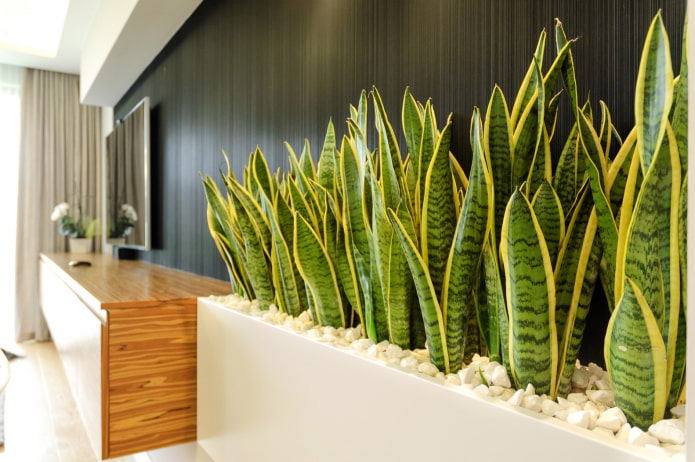
 10 practical tips for arranging a small kitchen in the country
10 practical tips for arranging a small kitchen in the country
 12 simple ideas for a small garden that will make it visually spacious
12 simple ideas for a small garden that will make it visually spacious
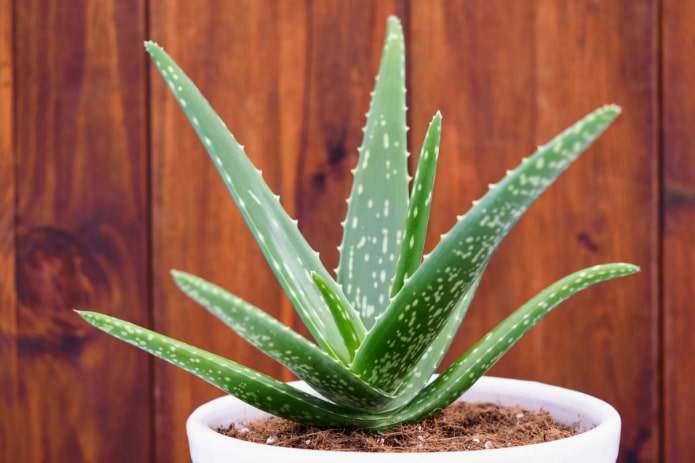
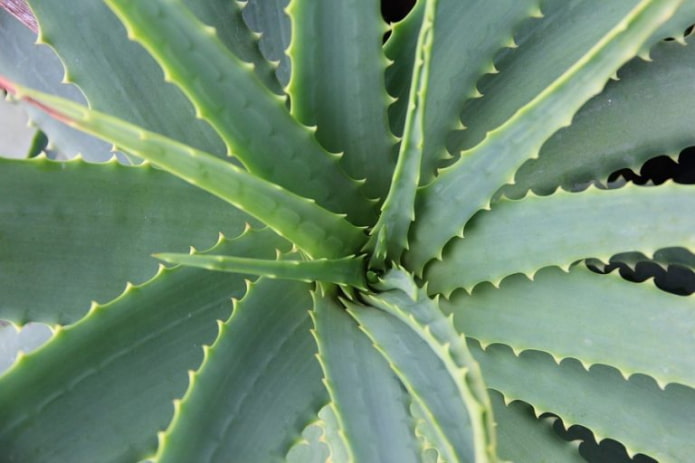
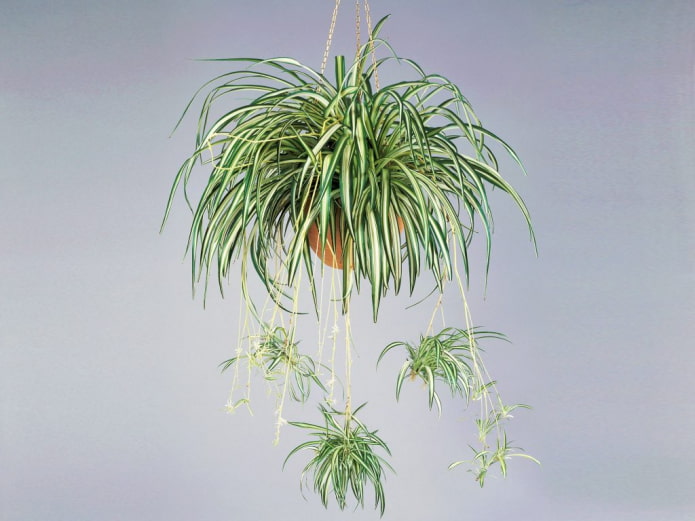
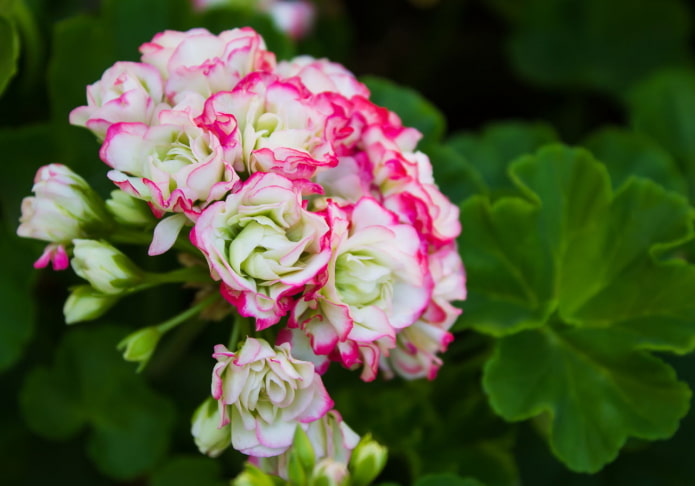
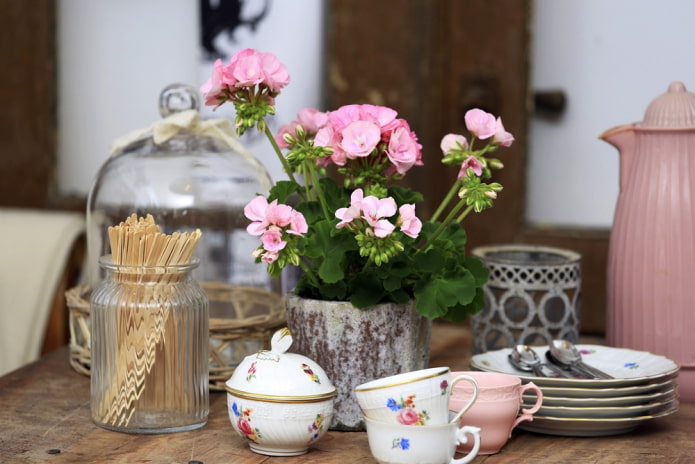
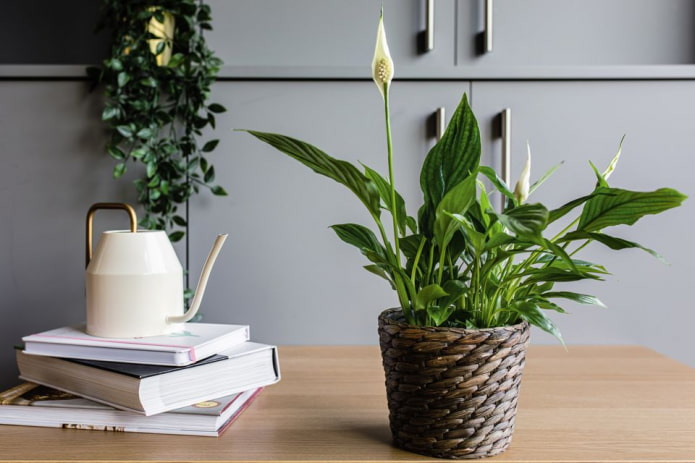
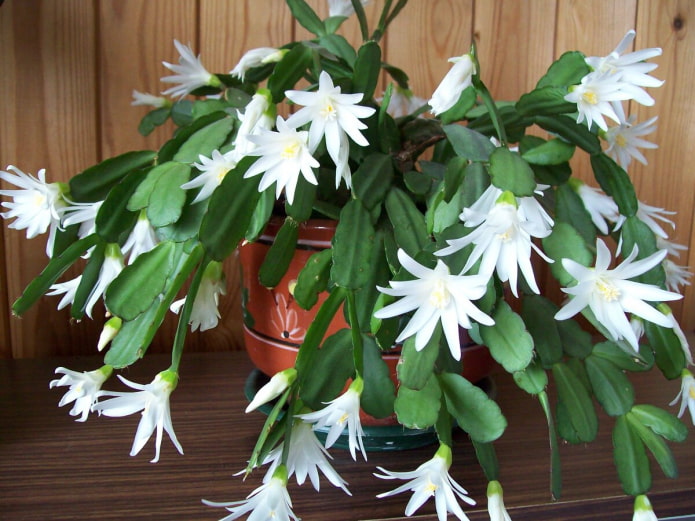

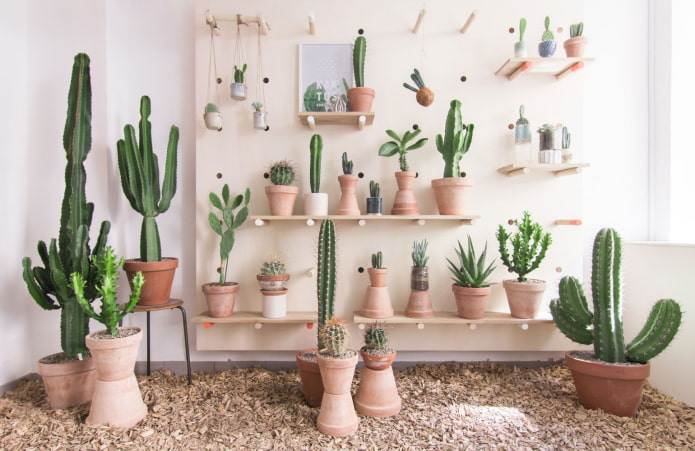
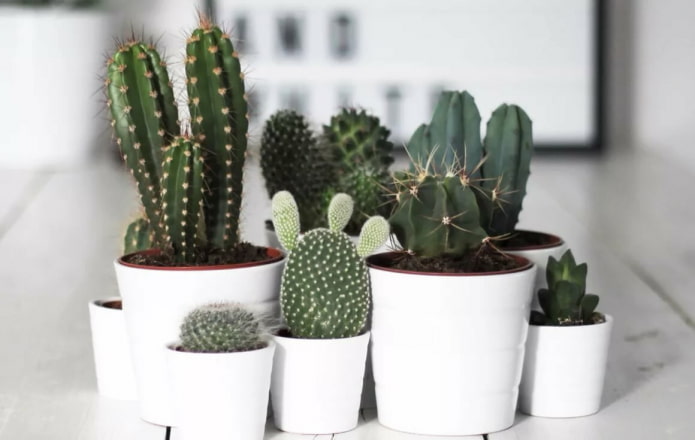
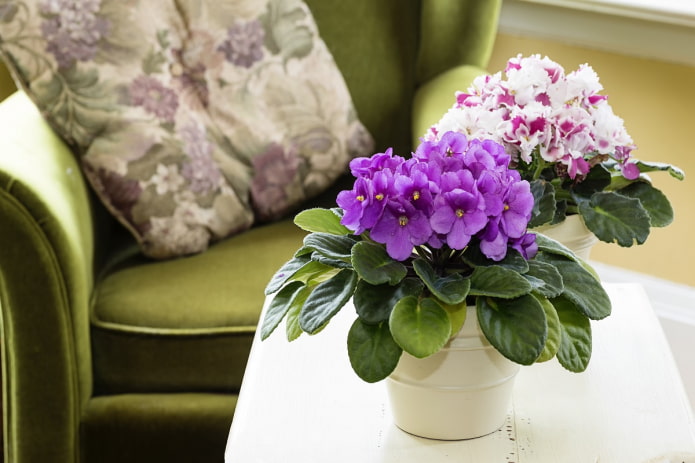
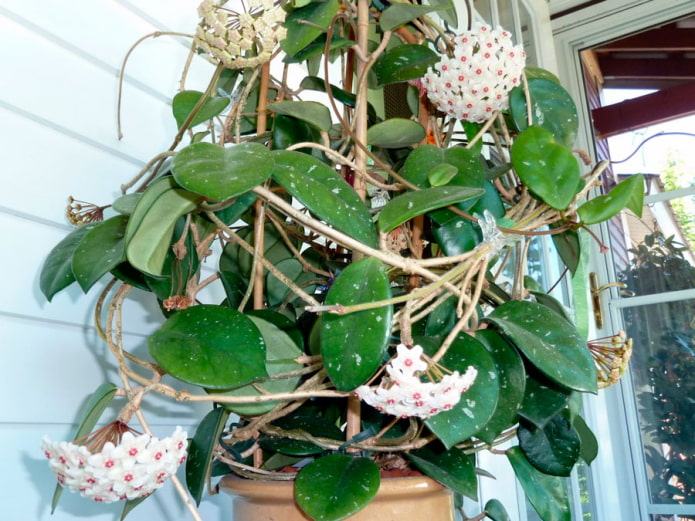
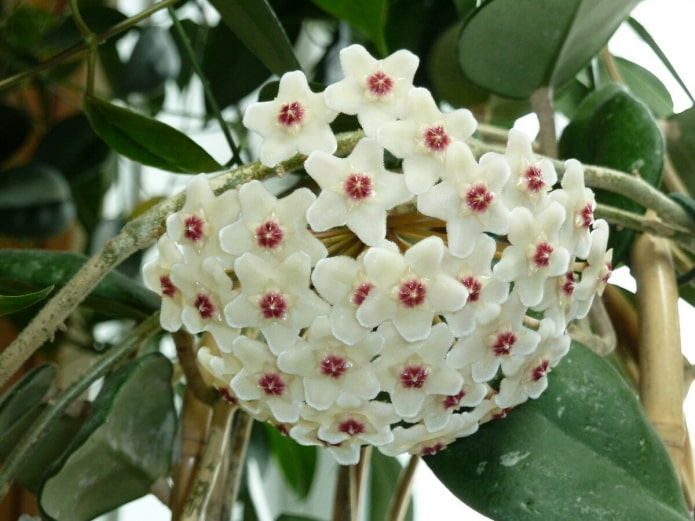
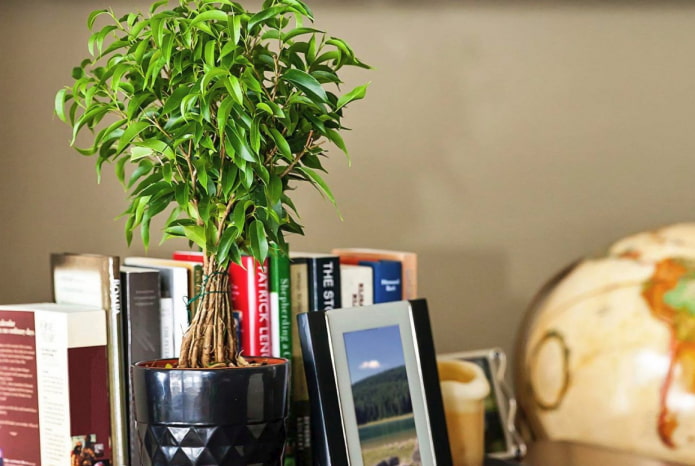
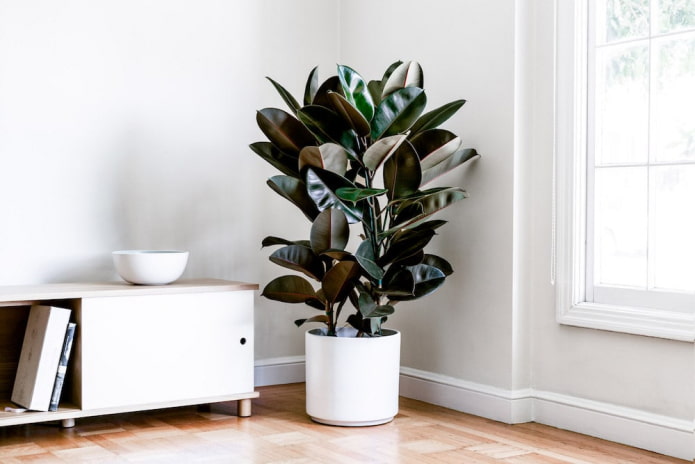
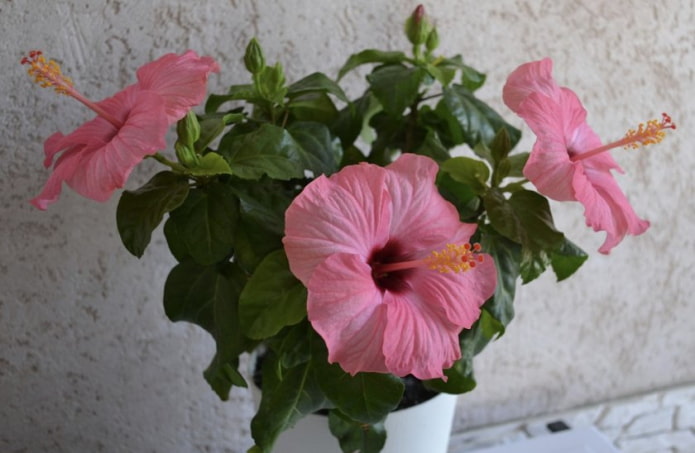
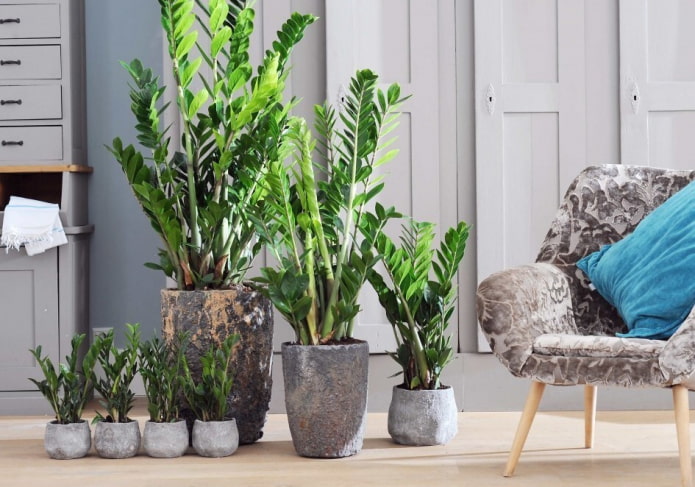

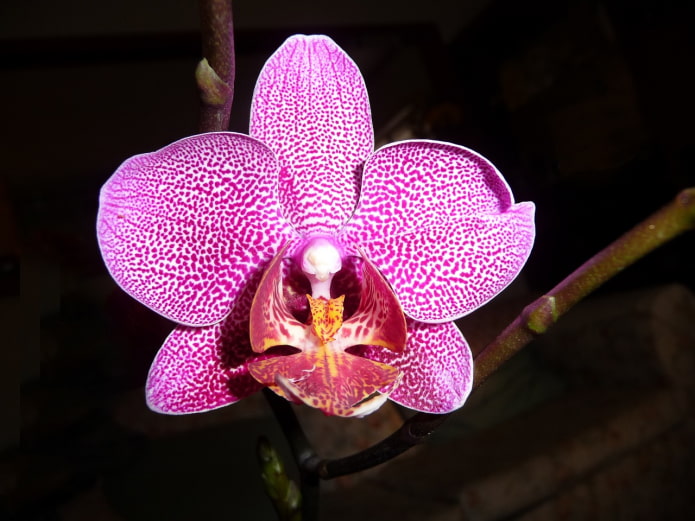


 13 bad habits a good housewife shouldn't have
13 bad habits a good housewife shouldn't have 24/7 home cleanliness - 4 secrets for the perfect housewife
24/7 home cleanliness - 4 secrets for the perfect housewife 6 hotels in Sochi that will give odds to the promoted foreign hotels
6 hotels in Sochi that will give odds to the promoted foreign hotels Top 10 interior design trends 2020
Top 10 interior design trends 2020 Rating of cheap TVs with Smart-TV
Rating of cheap TVs with Smart-TV New Year's LED garlands on AliExpress - we disassemble while it's hot, so that it's bright at home
New Year's LED garlands on AliExpress - we disassemble while it's hot, so that it's bright at home